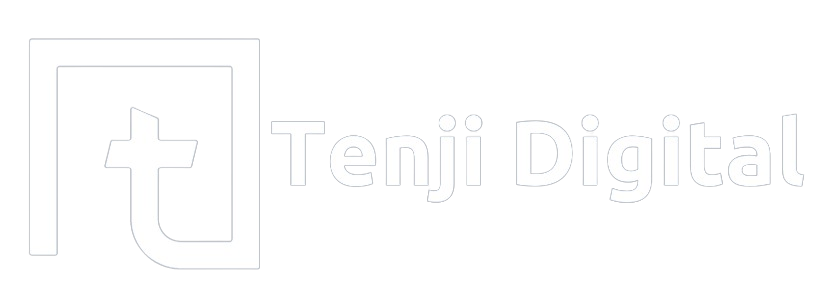The Art of Typography: Evoke Emotions, Create Hierarchy, and Enhance User Experience in Web Design
In the vast world of web design, one element stands out as a powerful tool that can elevate the overall user experience and leave a lasting impression: typography. The art of typography encompasses much more than just selecting fonts; it involves a deep understanding of how fonts, their size, spacing, and arrangement can communicate emotions, create visual hierarchy, and captivate users on the web. In this article, we will explore the art of typography and reveal its secrets for utilizing its full potential.
Typography as a Powerful Emotional Tool
As the saying goes, “the first impression is the last impression,” and in web design, typography sets the tone for an entire website. Each font and style carries an innate personality that can evoke strong emotions in viewers. For example, elegant and elaborate fonts can create a sense of sophistication, while bold and sans-serif fonts express a more modern and bold approach. When executed effectively, typography becomes a form of non-verbal communication, instantly conveying the website’s personality and message.
To illustrate this concept, consider a website that showcases ornate typography to evoke elegance and style. By incorporating visually appealing images alongside the text, designers can create an immersive experience that engages users from the moment they land on the page.
Creating Hierarchy with Typography
One of the primary functions of typography in web design is to establish a visual hierarchy. This hierarchy guides users through the website, emphasizing important information and ensuring a seamless browsing experience. Designers can achieve this by strategically varying font size, weight, and style to direct users’ attention to specific elements.
For instance, a website’s homepage might feature larger and bolder headline texts compared to supporting texts, immediately capturing the attention of visitors. By utilizing contrasting fonts and sizes, designers can create an intuitive navigation experience that guides users effortlessly through the content.
The Impact of Font Pairings
Choosing the right font pairing can make or break a design. The combination of fonts significantly influences the harmony and overall aesthetic appeal of a webpage. Contrasting fonts can create a visually captivating juxtaposition, while harmonious pairings instill a sense of balance and professionalism.
For example, pairing a sleek sans-serif font with a cursive script font can convey a modern yet elegant atmosphere. On the other hand, combining a bold and robust font with a delicate serif font can create an intriguing contrast that captures users’ attention. By providing examples of webpages that effectively use font pairing, designers can inspire others to experiment with different combinations.
The Role of Line Spacing and Kerning
Beyond font selection, the way text is spaced and aligned plays a crucial role in legibility and user experience. Ample line spacing between paragraphs and appropriate letter spacing (kerning) can greatly enhance readability, making content easier to digest.
Designers must showcase the importance of these subtle yet impactful typography techniques by including images that demonstrate proper line spacing and kerning in action. This visual representation emphasizes the significance of attention to detail in creating a seamless and user-friendly design.
Typography and Accessibility
In today’s digital landscape, inclusivity and accessibility are paramount considerations in web design. Designers must pay close attention to typography choices to ensure that all users can easily engage with the content.
Selecting fonts that are legible and easily readable for people with visual impairments is critical. Fonts with good spacing and high contrast with the background can accommodate users with diverse needs, including those with visual impairments. By incorporating an image of a webpage designed with accessibility in mind, designers can demonstrate their commitment to inclusivity and inspire others to prioritize accessibility in their designs.
Typography is an art form that breathes life into web design, enhancing user experiences, conveying emotions, and creating a visual hierarchy. By thoughtfully selecting and pairing fonts, and paying meticulous attention to spacing and accessibility, web designers can captivate users and effectively communicate their intended message.
In a digital landscape where competition for attention is fierce, harnessing the immense potential of typography can set a website apart, leaving a lasting impact on its visitors. As designers continue to explore the endless possibilities of typography, they can unlock new ways to create stunning and impactful web experiences that resonate with users worldwide. Embrace the art of typography, and transform your web design into a masterpiece that captivates, informs, and delights.





